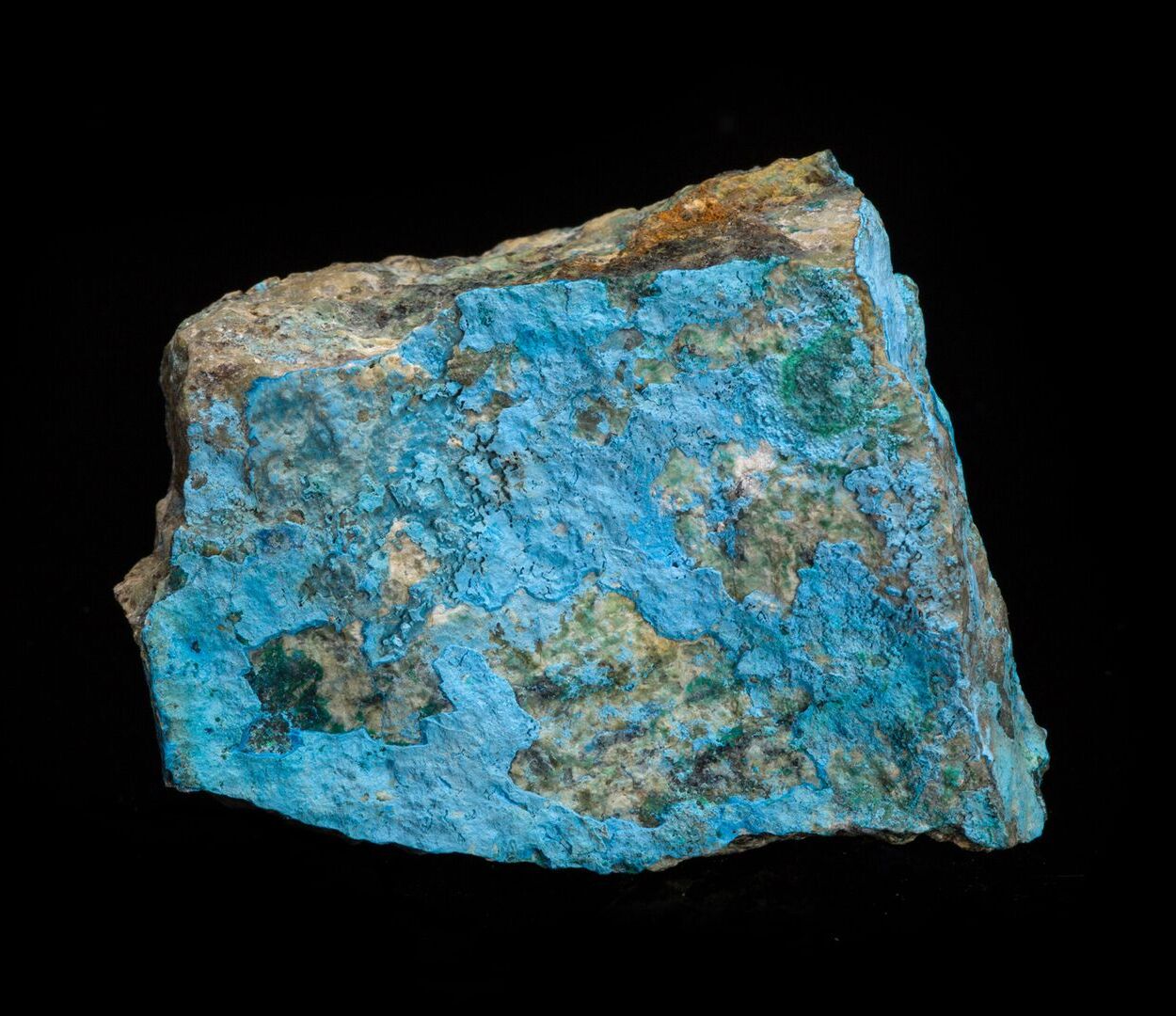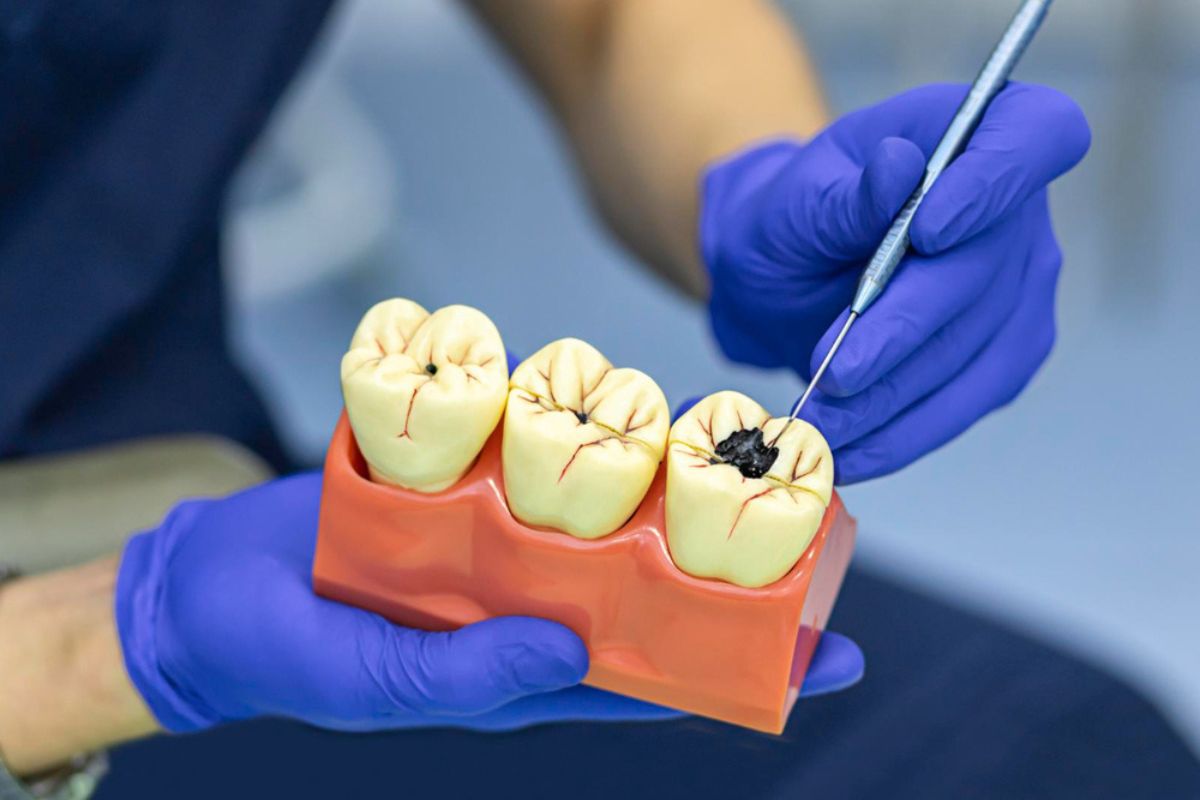
Connellite is a rare and captivating mineral that has intrigued geologists and collectors alike. But what makes Connellite so special? This mineral, known for its striking blue color, is a copper hydroxychloride. Found in various locations around the world, it often forms in the oxidized zones of copper deposits. Its unique crystal structure and vibrant hue make it a favorite among mineral enthusiasts. Did you know that Connellite was first discovered in Cornwall, England? This fascinating mineral not only tells a story of geological processes but also holds a special place in the history of mineralogy. Dive into these 40 facts about Connellite to uncover more about its origins, properties, and significance.
Key Takeaways:
- Connellite is a rare blue mineral with a fascinating history and unique properties. It's prized by collectors, used in education, and helps geologists find copper deposits. Its sensitivity to moisture makes it a valuable subject of study.
- Named after a Scottish chemist, Connellite's vibrant blue color can fade in direct sunlight. It's found in ancient Roman mines and forms through complex chemical reactions. Its rarity and beauty make it a valuable addition to any mineral collection.
What is Connellite?
Connellite is a rare and fascinating mineral that captures the interest of geologists and collectors alike. Known for its striking blue color and unique crystal formations, this mineral has a rich history and intriguing properties. Let's dive into some captivating facts about Connellite.
-
Connellite is a copper hydroxychloride mineral, which means it contains copper, chlorine, and hydroxide ions.
-
The mineral was first discovered in Cornwall, England in 1847, which is also where it gets its name.
-
Connellite typically forms in the oxidized zones of copper deposits, often found alongside other copper minerals.
-
Its crystals are usually acicular, meaning they are needle-like in shape.
-
The color of Connellite ranges from deep blue to sky blue, making it visually striking.
-
Connellite has a Mohs hardness of 2.5 to 3, which means it is relatively soft and can be scratched by a copper coin.
-
The mineral is often found in fibrous or radiating aggregates, giving it a unique appearance.
-
Connellite is a secondary mineral, meaning it forms through the alteration of primary minerals.
-
It is commonly associated with minerals like malachite, azurite, and cuprite.
-
Connellite is not only found in Cornwall but also in other locations such as Australia, the United States, and Namibia.
Chemical Composition and Structure
Understanding the chemical makeup and structure of Connellite can provide insights into its formation and properties. Here are some key facts about its composition and structure.
-
The chemical formula for Connellite is Cu19(OH)32Cl4·3H2O.
-
Connellite belongs to the hexagonal crystal system, which influences its crystal shapes and angles.
-
The mineral's structure consists of copper atoms coordinated with hydroxide and chloride ions, creating a complex network.
-
Connellite's blue color is due to the presence of copper ions in its structure.
-
The mineral can sometimes contain traces of other elements like zinc and lead.
-
Connellite's crystals can grow up to several centimeters in length, although they are usually much smaller.
-
The mineral is often found in crusts or coatings on other minerals, rather than as isolated crystals.
-
Connellite can form through the weathering of copper sulfides, such as chalcopyrite.
-
The presence of chloride ions in Connellite's structure makes it sensitive to moisture, which can cause it to degrade over time.
-
Connellite's unique structure and composition make it a subject of study for mineralogists and chemists.
Uses and Applications
While Connellite is not widely used in industry, it has some interesting applications and uses, particularly for collectors and researchers.
-
Connellite is highly prized by mineral collectors for its rarity and striking appearance.
-
The mineral is sometimes used in educational settings to teach students about mineralogy and crystallography.
-
Connellite samples are often displayed in museums around the world due to their aesthetic appeal.
-
Researchers study Connellite to understand the geochemical processes that lead to its formation.
-
The mineral can be used as an indicator of copper deposits, helping geologists locate potential mining sites.
-
Connellite's unique properties make it a subject of interest in the field of materials science.
-
The mineral's sensitivity to moisture means it must be carefully stored to prevent degradation.
-
Connellite is sometimes used in gemstone cutting for its vibrant color, although it is not a common practice.
-
The mineral's rarity and beauty make it a valuable addition to any mineral collection.
-
Connellite's study can provide insights into the environmental conditions of ancient geological formations.
Interesting Tidbits
Here are some lesser-known but fascinating facts about Connellite that highlight its unique characteristics and history.
-
Connellite was named after Arthur Connell, a Scottish chemist who made significant contributions to mineralogy.
-
The mineral was initially mistaken for other blue copper minerals, such as azurite, before its unique properties were identified.
-
Connellite can sometimes form pseudomorphs, where it replaces another mineral while retaining the original mineral's shape.
-
The mineral's vibrant blue color can fade if exposed to direct sunlight for extended periods.
-
Connellite has been found in ancient Roman copper mines, indicating its formation over long geological timescales.
-
The mineral's discovery in Cornwall contributed to the region's reputation as a rich source of unique minerals.
-
Connellite is sometimes found in association with rare minerals, such as atacamite and paratacamite.
-
The mineral's formation often involves complex chemical reactions between copper, chlorine, and water.
-
Connellite's rarity means that high-quality specimens can fetch significant prices on the mineral market.
-
The study of Connellite continues to provide valuable insights into the geological history of the Earth.
The Final Word on Connellite
Connellite, a rare and striking mineral, captivates collectors and geologists alike. Its vibrant blue hue and unique crystal formations make it a standout in any collection. Found in specific locations like Cornwall, England, and Bisbee, Arizona, connellite's rarity adds to its allure. This mineral forms in the oxidized zones of copper deposits, often alongside other copper minerals like azurite and malachite.
Understanding connellite's properties and origins not only enriches your knowledge but also deepens appreciation for Earth's geological wonders. Whether you're a seasoned collector or just starting out, adding connellite to your collection offers a glimpse into the fascinating processes that shape our planet. So next time you come across this stunning mineral, you'll know a bit more about its story and significance. Happy collecting!
Frequently Asked Questions
Was this page helpful?
Our commitment to delivering trustworthy and engaging content is at the heart of what we do. Each fact on our site is contributed by real users like you, bringing a wealth of diverse insights and information. To ensure the highest standards of accuracy and reliability, our dedicated editors meticulously review each submission. This process guarantees that the facts we share are not only fascinating but also credible. Trust in our commitment to quality and authenticity as you explore and learn with us.


